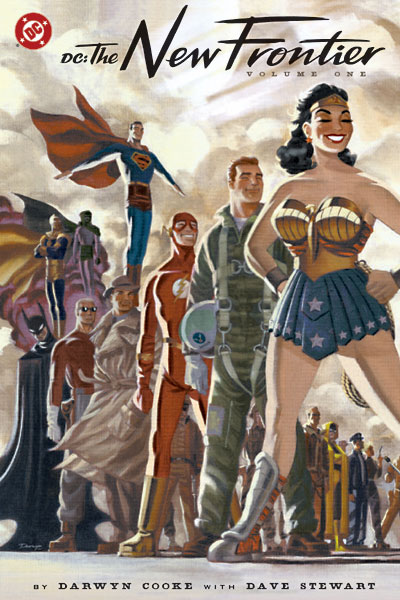Kids’ comics were a giant part of my childhood, and I don’t mean respectable European ones like Moomin or Asterix or Tintin. No, it was pure American corporate-owned, tie-in-toy, sugar-cereal shilling garbage like Mad Balls, Ewoks, Masters of the Universe, Planet Terry, Top Dog, Care Bears, Strawberry Shortcake, (there were three of us girls, but my brother was the oldest, so it was mostly non-girly stuff. Of course, gender norming even then wasn’t as defensively aggressive as it is now, so there were girly bits to most of the boy comics; I totally imprinted on the girl ewok (Kneesa?) with the pretty pink hood, and somewhat less so on She-Ra and her gang) god I don’t know what else, ALF comics for awhile (did you even know there were ALF comics?). Along with some older standards like Archie and Katy Keene.
What it was was, my parents were hippies, relative to our community, and the biggest gulf between us Libickis and our peers was our lack of television. My father had been somewhat into comics in his youth (I know he owned at least some sixties Spider-Man and Fantastic Four, besides the hidden stash of Crumb comix), and they both wanted to encourage us to read and apparently figured that the comic-book equivalents of those 80s Saturday morning cartoons had enough benefits in with the consumerist brain-rot. So I could still share in the advertising jingles sung by kids in my class, even though I only knew the words and not the tunes (and if that isn’t a metaphor for the introvert nerd’s life….).
I dunno exactly what my point is. Maybe that my siblings and I did basically learn to read on comics (we had picture books read to us, and chapter books read to us, but never comics that I recall), and the comics we learned to read on were pure extruded Comic Product, and they did exactly what my parents hoped they would: made all of us lifelong readers, writers, and draw-ers (everybody got over the latter except for me, but everybody drew for pleasure longer than most of our peers). So worry not, parents and librarians. Sometimes crap can do the job just as well as art.
There are even some elements from the comics, whose writers and artists I’ll probably never know by name, that still stay with me: Top Dog taught me about inflation (in one issue, the bad guy’s evil plan is to drop helicoptersful of money onto a city, thus wrecking its economy) and Planet Terry was your generic ‘80s orphan searching the galaxy for his lost-to-memory parents, except his twist was he didn’t have their picture, just their glass picture frame, empty and inscribed to him. I still find that both clever and poignant.
My most treasured learning-to-read memory is out of Planet Terry. I had the hang of phonics down, but I didn’t yet understand a lot of the conventions of English writing. Planet Terry was a pretty overwrought kid, being an orphan and all, and he was having a particularly bad time of it one issue when he is forced to accept that his arch-nemesis is his father, and goes live with him and have a proper filial relationship.
He tries, but when the cognitive dissonance becomes too great, he cries, “B-but, D-dad!” I hadn’t yet come across the rule about how dashes between letters indicate stuttering, so I read this as, “bee butt, dee dad!”
That was my and my best friend’s favourite joke for the next five years. Kids, they’re easy to please.







